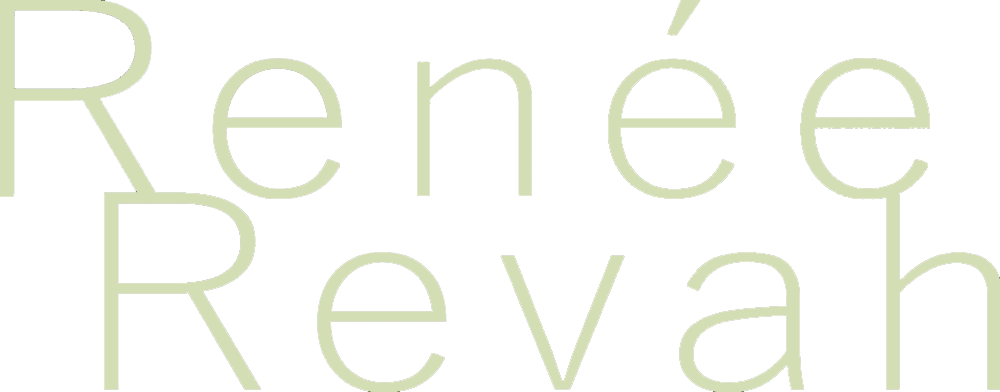Tehom (a biblical Hebrew word, meaning primordial depth) follows the harrowing journey of the loss of Renée Revah’s family members from Thessaloniki to Auschwitz.
Between March and August 1943, 46,061 Jews were deported from Thessaloniki to concentration camps, where the majority of them were martyred. Among the victims were Renée Revah’s great-grandmother, Sol Venezia, and her children Olga, Lina and Isaac, and other relatives as well. The only survivor was her grandfather, Albert Revah, who had fled to Athens. Until the end of the war he was waiting for his family, patiently preparing their return. Renée Revah meets him at the moment of his devastation when he learns that his family has been wiped out, and promises to take him to the scene of the crime, which he did not find the courage to visit until his death.
Two consecutive trips by Renée to the Birkenau and Auschwitz concentration camps will follow. At every step of her journey, Renée talks in the first person, mentally addressing her grandfather, sends him photos, and shares her thoughts and feelings with him.
With photographs, videos, and texts, Renée composes a narrative of her family’s painful journey from Thessaloniki to Auschwitz. She follows their tracks in the dark train car that took them to the camps, in the gray landscape of Birkenau, in the corridors, the stairs, the dormitories of Auschwitz, and on the walls of the gas chambers.
A white knitted fabric, an heirloom of the family, is the thread of the narrative that runs through her work. Renée directs it, giving it different meanings. The fabric is first found stretched out inside the carriage that transported her family to Auschwitz, representing “the spirit of the family”, inviting the ghosts to reveal themselves in a video-projection where the portrait of her great-grandmother and other faces are successively projected on the inner wall of the wagon. We then find it entangled in the branches of a tree above the barbed wire of the camp, and later as a blue imprint of the deadly Cyclone B. At the end of the exhibition’s journey, the knitted fabric is presented again, printed on five transparent fabrics suspending from the ceiling. We even see it spreading in the water of a lake, wrapping itself in the body of a naked woman and dragging her to its bottom.
Renée’s narrative stems from an intermediate memory, a gallery of images, shaped by the narratives of her family and the testimonies of those who returned alive. As a post-witness herself, Renée processes the past and transforms the inherited trauma into a final scene, purifying the emergence of the body from the water of the lake; the cenotaph of the people murdered by thousands in concentration camps.
Organisation: Benaki Museum
Curator: Costis Antoniades
Coordinator: Aliki Tsirgialou
Music: Michalis Siganidis
Architectural study: Dimitra Papafilippou
Projection mapping:
(Anastasis Yannakakis)/NoYo Lab (Alexandros Papaioannou)/TVS AUDIOVISUAL
Video editing: Aris Michalopoulos
Structures: Konstantinos Kyriazis
Editing (texts): Daphne Christou
Translator: Vivian Psylla
Fine art printing, photo frames: Marios Weinwurm, TipomaPhoto Laboratory
Digital printing: XLG AFOI TSIANIKA CO
Communication: Nicoletta Menti
Press office: Athina Isaia, Vasileia Karaiskou
Lighting design: Maria Katsimperi
Technical support: Alexandros Mouflouzis, Kostas Athanasakis, Kyriakos Kosmidis, Markos Ritsa
Security supervisor: Dimitris Georgakopoulos
